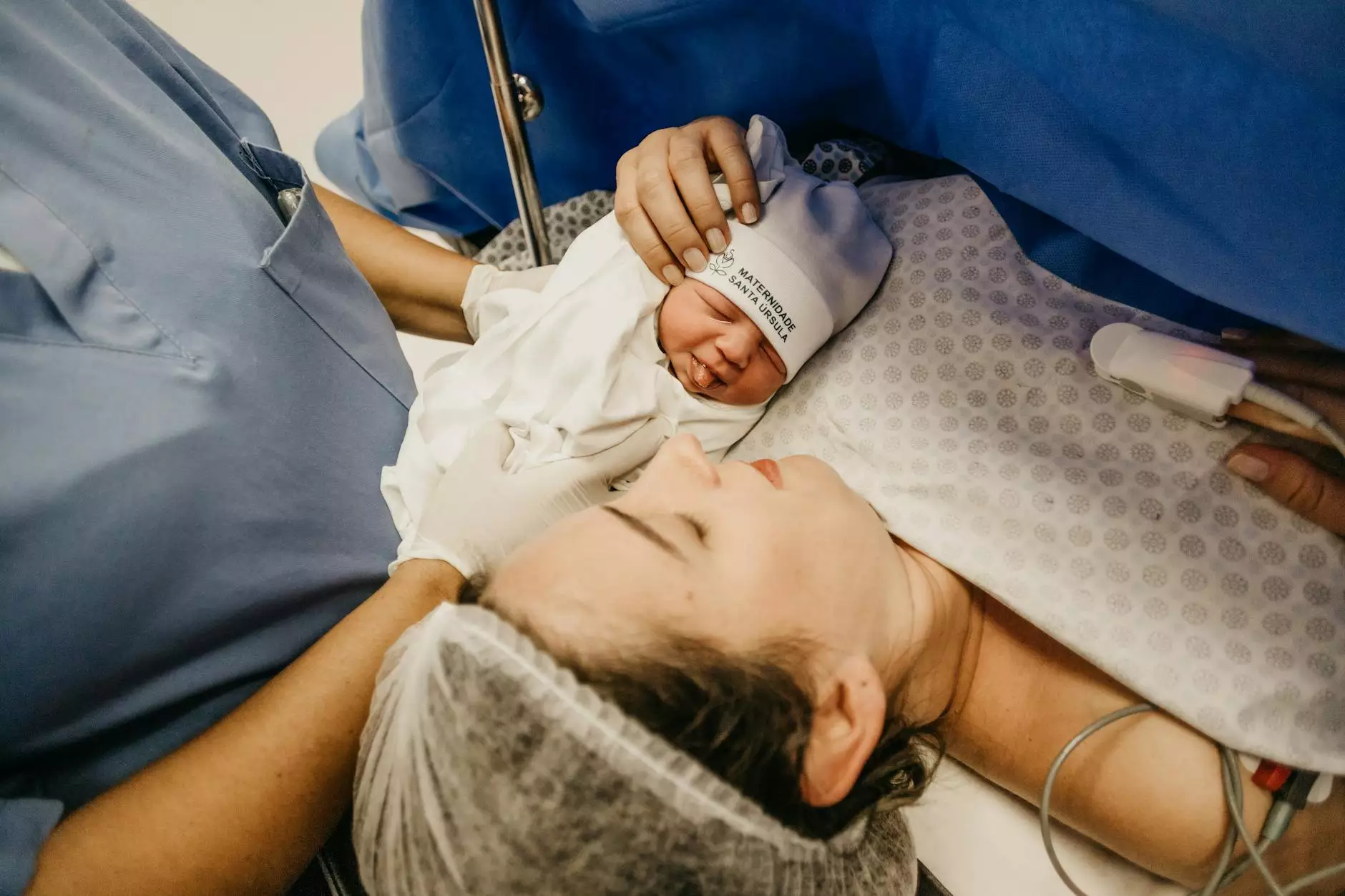Laparoscopic Salpingo-Oophorectomy: A Comprehensive Guide

The field of obstetrics and gynecology is continually evolving, bringing advanced surgical techniques at our disposal. One such innovative procedure is the laparoscopic salpingo-oophorectomy (LSO), a minimally invasive surgery that provides exceptional benefits to women facing certain medical conditions. In this article, we will delve deeply into LSO, covering everything from its definition and indications to its advantages, potential risks, and recovery strategies.
Understanding Laparoscopic Salpingo-Oophorectomy
Laparoscopic salpingo-oophorectomy refers to the surgical removal of one or both ovaries (oophorectomy) and fallopian tubes (salpingectomy) using laparoscopic techniques. This procedure is performed through small incisions in the abdomen rather than large abdominal cuts, utilizing a camera (laparoscope) and specialized instruments.
Indications for Laparoscopic Salpingo-Oophorectomy
It’s essential to understand when a laparoscopic salpingo-oophorectomy is indicated. The primary reasons include:
- Ovarian cysts: If a cyst is large or causing symptoms, removal may be necessary.
- Endometriosis: LSO can alleviate symptoms associated with this condition.
- Ovarian cancer: In certain cases where cancer is confirmed or suspected, LSO can be part of the treatment plan.
- Ectopic pregnancy: If the fallopian tube is involved, it may need to be removed.
- Genetic predisposition: Women with BRCA mutations may opt for preventive surgery to reduce cancer risk.
Advantages of Laparoscopic Salpingo-Oophorectomy
The laparoscopic salpingo-oophorectomy technique offers numerous benefits when compared to traditional open surgery:
- Minimally invasive: Small incisions lead to reduced scarring and trauma.
- Shorter recovery time: Patients generally experience quicker healing times, often returning to normal activities within a week.
- Less pain: Reduced postoperative pain due to smaller incisions.
- Lower risk of infection: Minimal exposure of internal organs decreases potential infection risks.
- Better cosmetic results: The small incisions result in minimal scarring.
Risks and Considerations
While the laparoscopic salpingo-oophorectomy has many advantages, it is not without risks. Possible complications include:
- Anesthesia risks: As with any surgery, there are potential risks related to anesthesia.
- Infection: While the risk is lower, there is still a chance of postoperative infection.
- Bleeding: Internal bleeding may occur, necessitating further intervention.
- Damage to surrounding organs: Though rare, there is a risk of injury to nearby organs during the procedure.
- Blood clots: Patients may be at risk for thromboembolic events post-surgery.
The Procedure: What to Expect
Understanding what to expect during a laparoscopic salpingo-oophorectomy can alleviate anxiety. Here’s the general process:
- Pre-operative preparations: Patients will undergo blood tests, imaging studies, and discussions about the procedure with their doctor.
- Anesthesia administration: The patient will be given general anesthesia before the procedure begins.
- Incision and trocar insertion: Small incisions are made in the abdomen; trocars are inserted to aid in the procedure.
- Laparoscope insertion: A laparoscope is inserted, allowing the surgeon to visualize the pelvic organs on a monitor.
- Removal of ovaries and tubes: The affected ovary and tube(s) are carefully removed and extracted through one of the incisions.
- Closure: The incisions are closed with sutures or adhesive strips.
Post-operative Care and Recovery
Recovery after a laparoscopic salpingo-oophorectomy is generally swift, but adhering to post-operative care is vital for optimal healing:
- Monitoring: Stay in the hospital for a few hours for monitoring after surgery.
- Pain management: Pain relief will be provided; however, some discomfort can be expected.
- Activity restrictions: Avoid strenuous activities for at least two weeks to promote healing.
- Follow-up appointments: Attend follow-up appointments to ensure recovery is on track.
- Emotional support: Consider counseling or support groups, especially if the surgery is related to cancer or other significant health issues.
Long-term Considerations
It’s important for patients to understand the long-term implications of undergoing a laparoscopic salpingo-oophorectomy, particularly concerning hormonal changes and fertility:
For women who have undergone this surgery, if both ovaries are removed, hormone replacement therapy (HRT) may be recommended to manage symptoms of menopause. Women who had one ovary removed usually retain adequate hormonal function and fertility capabilities.
Conclusion
In conclusion, a laparoscopic salpingo-oophorectomy is a valuable surgical option for women facing specific health challenges. With its myriad of benefits, including minimized recovery time and reduced postoperative pain, it stands out as a preferred choice in modern gynecological surgery. However, like any medical procedure, it is essential for patients to engage in open discussions with qualified health professionals, ensuring they are well-informed about the risks, benefits, and expected outcomes. The journey to recovery can be smooth with proper care and support. For more information, consider reaching out to experts at drseckin.com.



